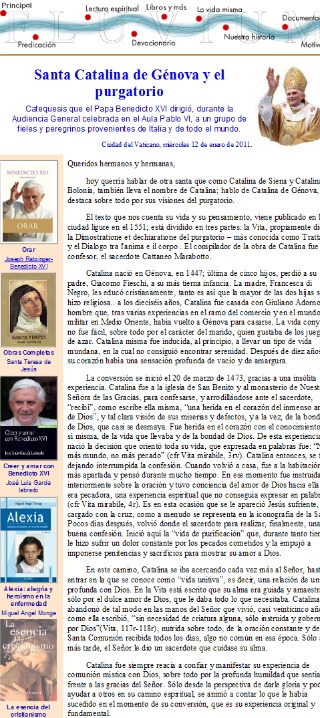“Basically, we are interested in understanding how much organic material – that is all the material produced by algae or fish in the water above – settles at the sea bed, and is either eaten by bacteria and degraded or is buried.
“The ratio that is either degraded or buried is the ultimate process determining what are the oxygen and carbon dioxide concentrations of the oceans and the atmosphere, and this gives us an overall picture of how efficiently the sea can capture and sequester carbon in the global carbon cycle.”
While this has been studied in other parts of the ocean, such as the abyssal plain – the large flat area of the ocean that lies between 4.6km and 5.5km of depth – the role deep sea trenches play in the carbon cycle has until now remained largely unknown.
Professor Glud said: “Although these trenches cover just 2% of the ocean, we thought they might be disproportionately important, because it was likely that they would accumulate much more carbon because they would act as a trap, with more organic matter drifting to the bottom of them than in other parts of the ocean.”
He explained that preliminary data from his experiments suggested that this was the case.
Publicado via email a partir de Palabras de camino

 “Le confirmo que hemos investigado a fondo y ampliamente. Juan Pablo II no tenía conocimiento de la doble personalidad del padre Maciel“. Esa fue la respuesta, clara y seca, del prefecto de la Congregación para las Causas de los Santos, Angelo Amato, en la edición en internet de la revista italiana Familia Cristiana.
“Le confirmo que hemos investigado a fondo y ampliamente. Juan Pablo II no tenía conocimiento de la doble personalidad del padre Maciel“. Esa fue la respuesta, clara y seca, del prefecto de la Congregación para las Causas de los Santos, Angelo Amato, en la edición en internet de la revista italiana Familia Cristiana.